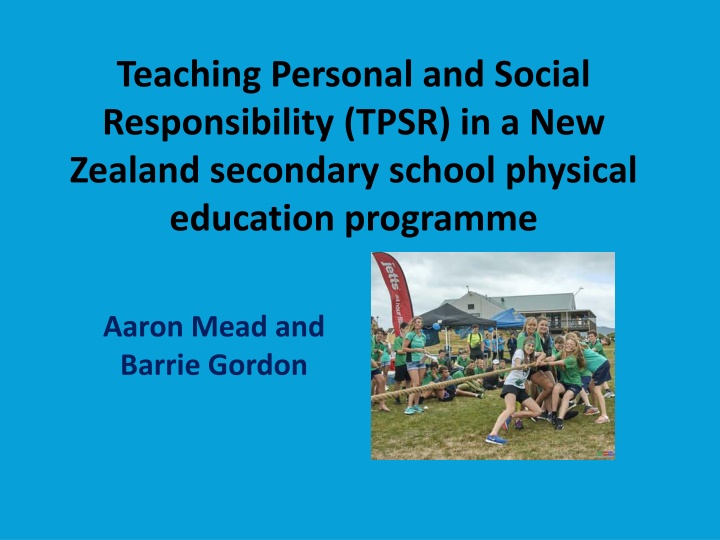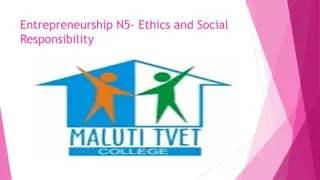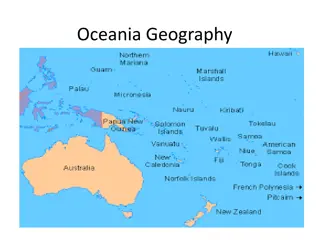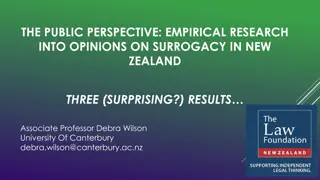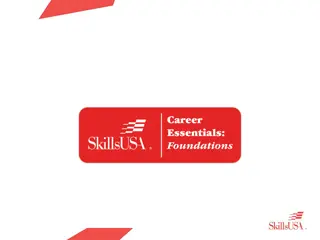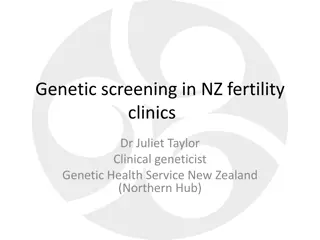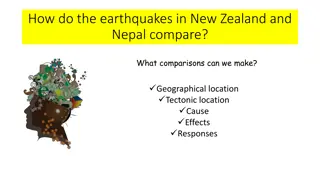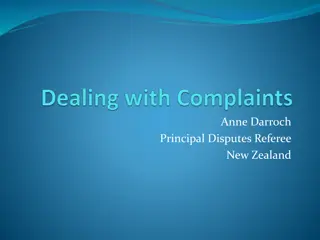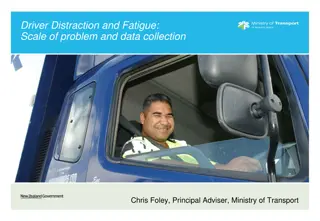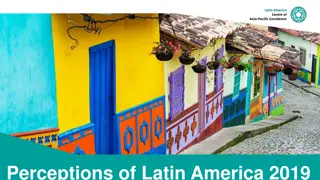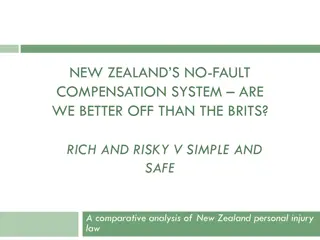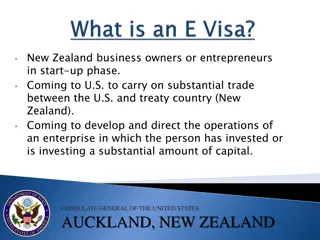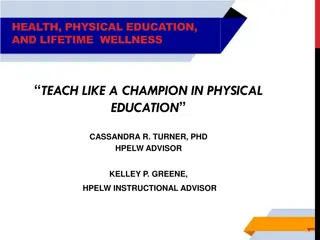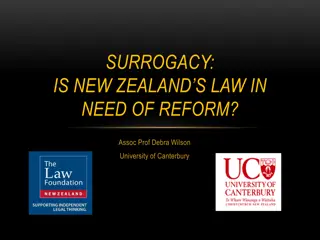Implementing Teaching Personal and Social Responsibility (TPSR) in New Zealand Secondary School Physical Education
The program focuses on helping students develop personal and social responsibility by teaching them to conduct themselves responsibly and treat others well. It includes sharing understanding, reviewing the TPSR model, applying the model in PE classrooms, connecting with school-wide initiatives, engaging in TPSR activities, making plans for the future, and overall promoting student growth and responsibility.
Download Presentation

Please find below an Image/Link to download the presentation.
The content on the website is provided AS IS for your information and personal use only. It may not be sold, licensed, or shared on other websites without obtaining consent from the author.If you encounter any issues during the download, it is possible that the publisher has removed the file from their server.
You are allowed to download the files provided on this website for personal or commercial use, subject to the condition that they are used lawfully. All files are the property of their respective owners.
The content on the website is provided AS IS for your information and personal use only. It may not be sold, licensed, or shared on other websites without obtaining consent from the author.
E N D
Presentation Transcript
Teaching Personal and Social Responsibility (TPSR) in a New Zealand secondary school physical education programme Aaron Mead and Barrie Gordon
Overview 1. Sharing understanding 2. Review of the TPSR Model 3. Application of the Model in the PE classroom 4. Interconnections with school wide initiatives 5. TPSR Activity 6. Making a plans for next term 7. Summary
Aim of the Programme Helping students to develop themselves as people and to be responsible for the way they conduct themselves and treat other people
Application of TPSR in the PE classroom Lesson Plans Holistic Year 9 Programme + Distinction Programme Promotion of Student voice Self paced learning activities Way of being Reflection
A formative approach to lesson planning Introduction + Awareness talk Share Learning Intentions: ensure students know why the learning is important and relavant. Check for clarity Check for motivation Share process, seek student views Success Cirteria: How will students know if they have successfully learnt what is needed. Teaching Differentiated learning activity: Organisation, presentation, content Self assessment Peer assessment and feedback Teacher assessment and promotion of further learning Active Reflection Teacher Reviews lesson with the students and connects learning with big picture and next steps Students are ask to reflect actively on the learning intentions and success criteria
Junior PE Outline PE4ME PE4US PE4All Pursuit of Excellence Respect for Others Joy of effort Team work Values and Attitudes Values Leadership & Followship Critical Action Health Promotion Personal responsibility Helping others Critical Thinking Physical Activity in Society Leadership Physical Confidence Social Responsibility Cooperation Inner Strength Knowledge & Understanding Taking on responsibility The Good Learner: Resilient, Collaborative, Curios, Self Management, Critical Thinker, Focused.
Junior Physical Education Distinction Programme The Physical Education Distinction Programme is a learning experience designed for students to extend their understanding of Physical Activity, Sport and Physical Education. It gives students an opportunity to show case their strengths, interests and skills. To gain a Distinction, students must complete learning activities within the 3 Focus Domains. Personal Excellence Distinction with honours Distinction with Merit Interpersonal Distinction Student completes 3 activities across 2 different Domains Student completes 3 activities across all 3 Domains Student completes 3 activities in one Domain Community Focus
Interconnections with school wide initiatives PB4L Kia eke Panuku
